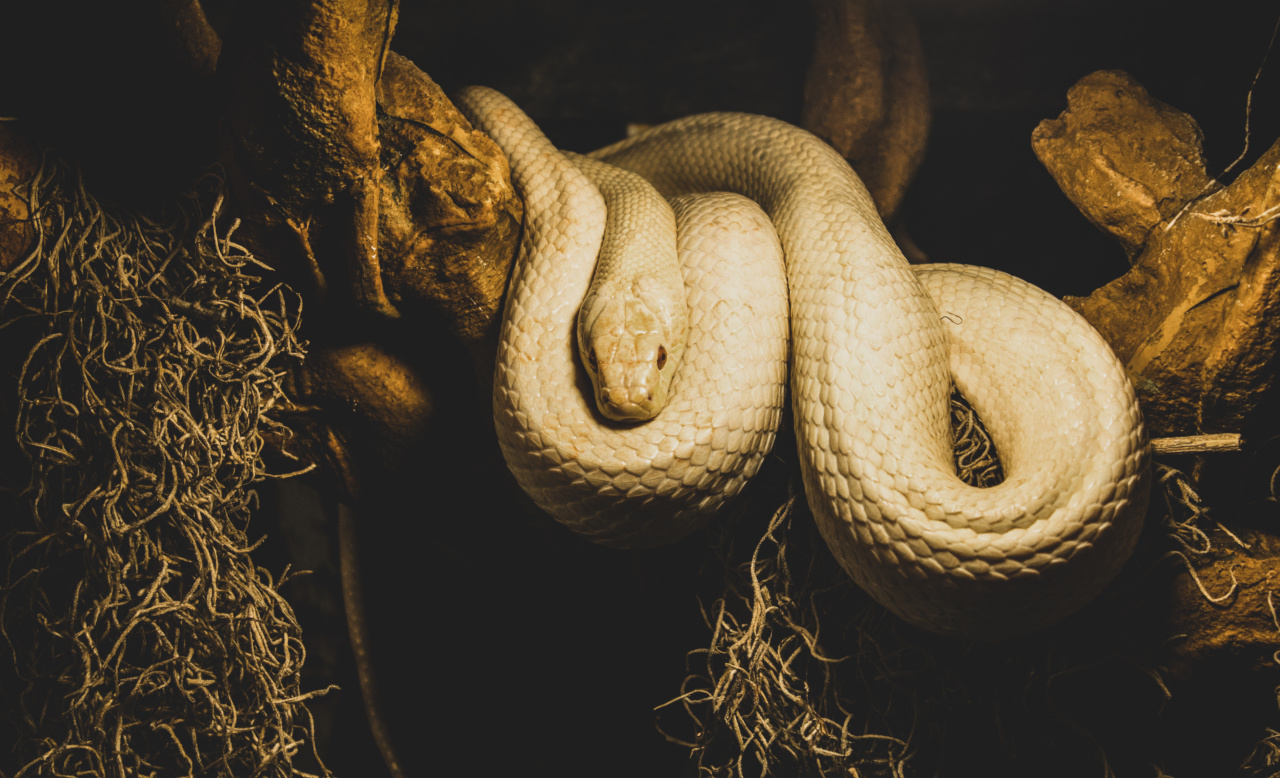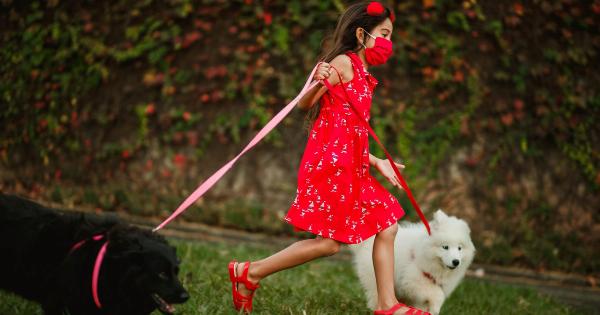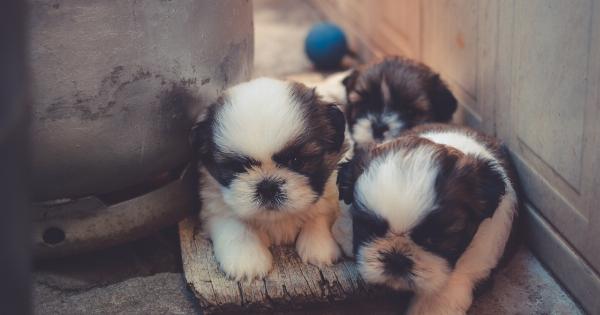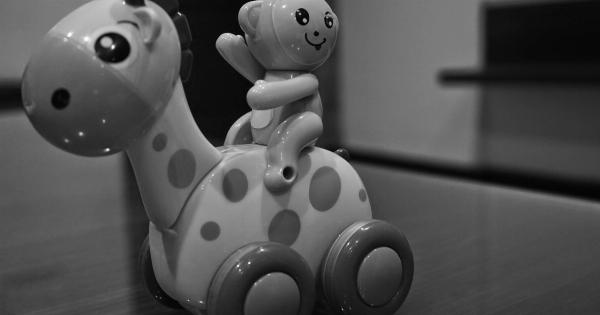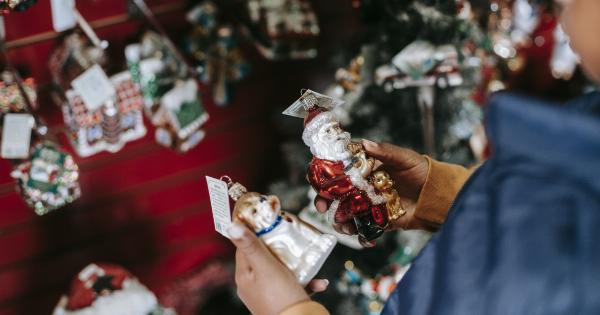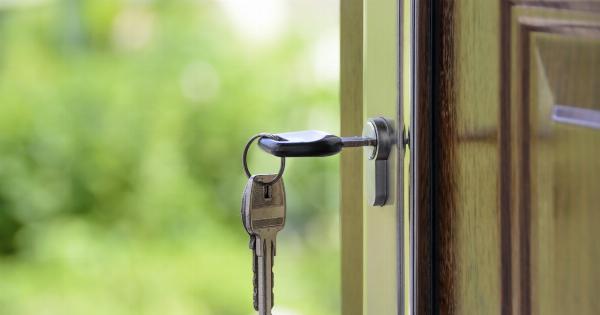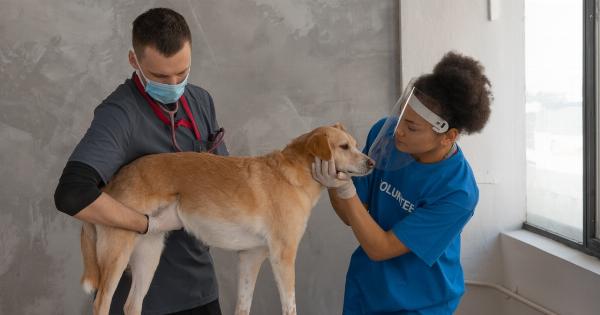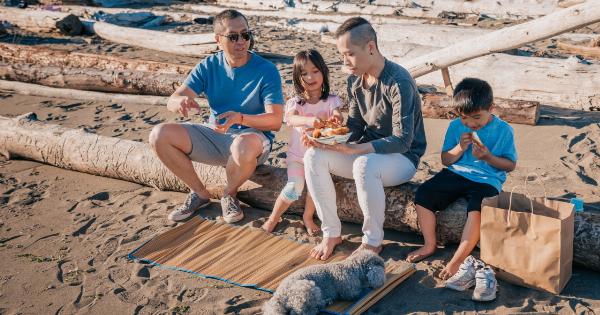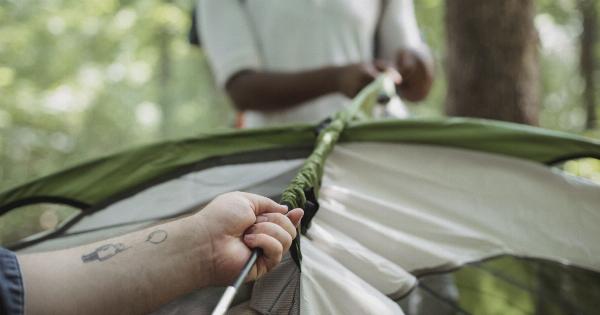As pet owners, it is our responsibility to ensure the safety and well-being of our furry friends.
While we may take necessary precautions to protect our pets from obvious dangers, such as traffic or toxic substances, there are often hidden risks that can pose a threat to their health and happiness. In this article, we will explore some of these secret dangers and provide you with tips on how to avoid them.
1. Hidden Household Hazards
Our homes are filled with various items that may seem harmless to us but can be incredibly dangerous to our pets. For instance, certain houseplants, such as lilies or philodendrons, are toxic to cats and dogs if ingested.
Cleaning products, medications, and even certain foods can also be hazardous to their health. It is crucial to keep all potentially harmful substances out of your pet’s reach or in secured cabinets.
2. Unsecured Windows and Balconies
While it’s lovely to let some fresh air into your home, unsecured windows and balconies can pose a significant risk to your pets.
Cats, in particular, are known for their curious nature and can easily slip through open windows or fall from balconies. Make sure your windows have secure screens, and balcony rails are high enough to prevent any accidents.
3. Toxic Plants and Pesticides in Your Garden
If you have a garden, it is crucial to be aware of the plants you have and whether they are toxic to animals. Common garden plants like azaleas, tulips, or daffodils can be poisonous when ingested by pets.
Additionally, pesticides and fertilizers used in gardens may also contain harmful substances. Always check the toxicity of your plants and opt for pet-safe alternatives when gardening.
4. Harmful Chewing Materials
Many pets, especially puppies and kittens, have a natural inclination to chew on things. However, not all chewing materials are safe for them. Avoid giving your pets items that can easily splinter, such as bones or certain types of toys.
These can cause choking or even internal injuries if ingested. Instead, choose appropriate chew toys specifically designed for your pet’s size and breed.
5. Electrical Cords and Appliances
Electrical cords, especially when left exposed or unattended, can be irresistible to our pets. They may chew on them out of curiosity, risking electric shocks or even burns.
To avoid this danger, secure cords and keep them out of reach or consider using cord covers to prevent your pets from getting access to them. Be cautious with appliances as well, ensuring they are switched off and securely stored when not in use.
6. Open Doors and Escaping
Open doors and gates are a common way for pets to escape and potentially end up in dangerous situations. Always double-check that your doors and fences are securely closed before letting your pet roam free.
Microchipping and using identification tags are also great precautions that can increase the chances of being reunited with your pet if they happen to stray.
7. Overheating and Heatstroke
Pets, especially those with thick fur coats, are more susceptible to overheating and heatstroke during hot summer months or in sweltering climates. Ensure that your pets have access to shade and fresh water at all times.
Avoid leaving them inside parked cars, as the temperature can rise to dangerous levels within minutes, even with the windows cracked open.
8. Chemical Exposure
Chemicals can be found in various places, from household cleaners to automotive products. Be cautious when using these substances and ensure they are stored securely in locked cabinets, far from your pet’s reach.
Always read labels carefully and follow recommended safety precautions. Additionally, during home renovations or improvement projects, be mindful of using pet-friendly paints, adhesives, and other materials.
9. Unsupervised Outdoor Time
While it’s important for your pet to have outdoor time to play and explore, unsupervised access can expose them to hidden dangers. They may encounter toxic substances, get into fights with other animals, or get lost.
Always closely supervise your pets during their outdoor excursions, especially in unfamiliar areas. Consider using a secure leash or harness when walking them in public places.
10. Stress and Anxiety
Lastly, stress and anxiety can significantly impact your pet’s overall health and well-being.
Similar to humans, animals can experience anxiety related to various factors, such as changes in their environment, loud noises, or separation from their owners. Ensure that your pet has a safe and quiet place to retreat to when they need some alone time. If necessary, consult with a veterinarian or animal behaviorist for guidance on managing your pet’s anxiety.
In Conclusion
Protecting your pet from secret dangers requires awareness, diligence, and proactive measures. By identifying and eliminating potential hazards in your home and surroundings, you can provide a safe and loving environment for your beloved furry friend.
Remember to always prioritize their well-being and consult with a veterinarian if you have any concerns about their health or safety.
